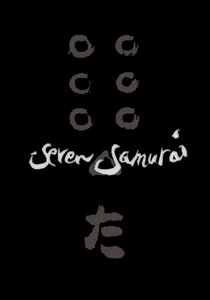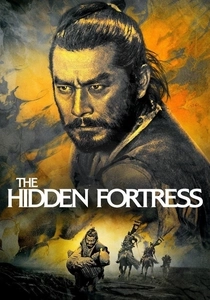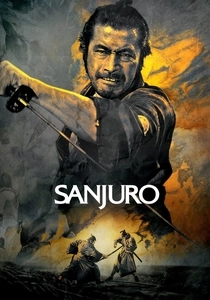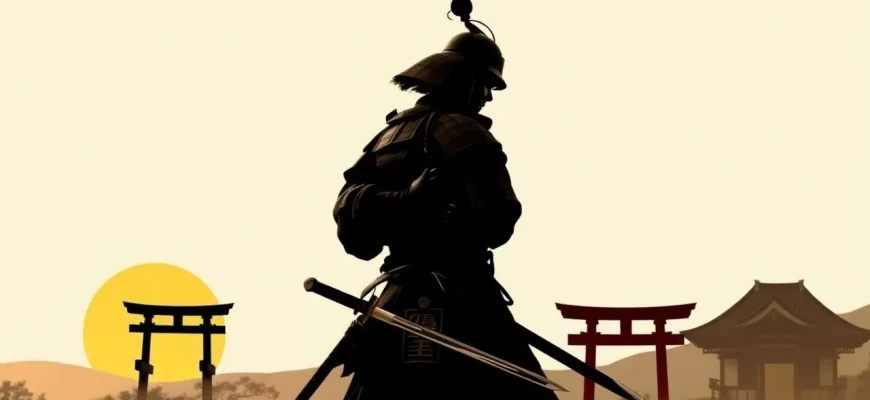Samurai films, or "jidaigeki," have long captivated audiences with their tales of honor, duty, and the clash of swords. This curated list of 10 cult samurai films offers a journey through time, showcasing the artistry of Japanese cinema and the enduring appeal of the samurai ethos. Whether you're a seasoned fan or new to the genre, these films are essential viewing for anyone interested in the rich tapestry of samurai culture.

Seven Samurai (1954)
Description: Akira Kurosawa's masterpiece, "Seven Samurai," is often considered the pinnacle of samurai cinema. It tells the story of a village hiring seven masterless samurai to protect them from bandits. Its influence extends far beyond Japan, inspiring countless films worldwide.
Fact: The film was shot over a year, with the cast and crew living in a village set built for the movie. It also inspired the Western film "The Magnificent Seven."
 Watch Now
Watch Now 
The Hidden Fortress (1958)
Description: This film by Kurosawa tells the story of two peasants who unwittingly help a general and a princess escape from enemy territory. Its narrative structure influenced George Lucas's "Star Wars."
Fact: The film was shot in the Toho studio's largest soundstage, which was built specifically for this movie.
 Watch Now
Watch Now 
Yojimbo (1961)
Description: Another gem from Kurosawa, "Yojimbo" features a ronin who manipulates two rival gangs in a small town for his own amusement. Its blend of action, humor, and social commentary has made it a cult classic.
Fact: The film was remade in the West as "A Fistful of Dollars" by Sergio Leone, starring Clint Eastwood.
 Watch Now
Watch Now 
Sanjuro (1962)
Description: A sequel to "Yojimbo," "Sanjuro" continues the adventures of the cunning ronin, this time helping a group of young samurai navigate political intrigue. It's a lighter, more comedic take on the samurai genre.
Fact: The film was shot in just 45 days, and Toshiro Mifune, who plays Sanjuro, improvised many of his lines.
 Watch Now
Watch Now 
Harakiri (1962)
Description: "Harakiri" is a dark, intense drama about a ronin who comes to a feudal lord's house to commit ritual suicide, but instead tells a tale of revenge and corruption. It's a profound critique of the samurai code.
Fact: The film was remade in 2011 by Takashi Miike, titled "Hara-Kiri: Death of a Samurai."
 30 Days Free
30 Days Free 
Samurai Rebellion (1967)
Description: Directed by Masaki Kobayashi, this film explores themes of duty, honor, and rebellion when a samurai defies his lord to protect his daughter-in-law from an arranged marriage.
Fact: It was one of the last films to feature Toshiro Mifune in a samurai role.
 30 Days Free
30 Days Free 
Throne of Blood (1957)
Description: Kurosawa's adaptation of Shakespeare's "Macbeth," set in feudal Japan, "Throne of Blood" is a visually stunning and psychologically intense film about ambition and betrayal.
Fact: The film was shot in the Noh theater style, with actors using stylized movements and expressions.
 30 Days Free
30 Days Free 
The Sword of Doom (1966)
Description: This film follows the ruthless swordsman Ryunosuke Tsukue, whose life is a spiral of violence and moral decay. It's a bleak, powerful examination of the samurai ethos.
Fact: The film was left unfinished due to the director's death, but what was completed is considered a masterpiece.
 30 Days Free
30 Days Free 
Kill! (1968)
Description: Directed by Kihachi Okamoto, "Kill!" is a satirical take on the samurai genre, focusing on two ronin who get caught up in a political conspiracy. It's both humorous and poignant.
Fact: The film was shot in black and white, which adds to its unique visual style.
 30 Days Free
30 Days Free 
Zatoichi (2003)
Description: While not strictly a samurai film, "Zatoichi" features the legendary blind swordsman, blending action, comedy, and dance in a modern retelling of the classic character.
Fact: The film was directed by Takeshi Kitano, who also stars as Zatoichi, and it includes a memorable tap dance sequence by the villagers.
 30 Days Free
30 Days Free 








